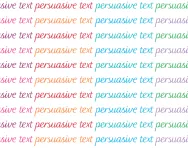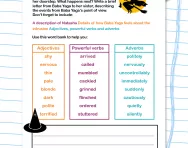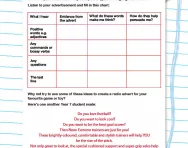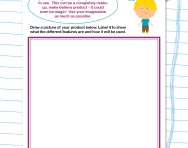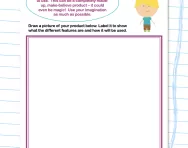Important update from TheSchoolRun
For the past 13 years, TheSchoolRun has been run by a small team of mums working from home, dedicated to providing quality educational resources to primary school parents. Unfortunately, rising supplier costs and falling revenue have made it impossible for us to continue operating, and we’ve had to make the difficult decision to close. The good news: We’ve arranged for another educational provider to take over many of our resources. These will be hosted on a new portal, where the content will be updated and expanded to support your child’s learning.
What this means for subscribers:
- Your subscription is still active, and for now, you can keep using the website as normal — just log in with your usual details to access all our articles and resources*.
- In a few months, all resources will move to the new portal. You’ll continue to have access there until your subscription ends. We’ll send you full details nearer the time.
- As a thank you for your support, we’ll also be sending you 16 primary school eBooks (worth £108.84) to download and keep.
A few changes to be aware of:
- The Learning Journey weekly email has ended, but your child’s plan will still be updated on your dashboard each Monday. Just log in to see the recommended worksheets.
- The 11+ weekly emails have now ended. We sent you all the remaining emails in the series at the end of March — please check your inbox (and spam folder) if you haven’t seen them. You can also follow the full programme here: 11+ Learning Journey.
If you have any questions, please contact us at [email protected]. Thank you for being part of our journey it’s been a privilege to support your family’s learning.
*If you need to reset your password, it will still work as usual. Please check your spam folder if the reset email doesn’t appear in your inbox.
Persuasive texts: advertising
What is persuasive text?
A persuasive text is a piece of writing that aims to convince the reader to adopt a particular viewpoint or take a specific action. The writer uses reasons and examples to explain why they think you should agree with them. It could be in a story, a speech, an advertisement or even a letter. People use persuasive writing in things like ads, speeches and when they want to make a point about something important.
What are some examples of persuasive text or writing?
Here are five examples of persuasive texts or writing:
- Advertisements: commercials and print advertisements in magazines or newspapers often try to persuade people to buy a product or service by highlighting its benefits and appealing to emotions.
- Political speeches: politicians use speeches to persuade voters to support them or their policies by presenting their ideas, values, and plans for the future.
- Debates: participants argue for or against a particular topic, trying to persuade the listener with their arguments and evidence.
- Product reviews: reviews on websites or in magazines aim to persuade people to buy or avoid certain products by providing information and opinions about their quality and performance.
- Petitions: online or paper petitions gather signatures to advocate for a particular cause or action, aiming to persuade policymakers or organisations to make a change.
How will this Year 5 persuasive text activity help your child at home?
This fun and colourful worksheet was created by an experienced educator with the purpose of helping your child learn how to identify common elements in persuasive text. Your child will need to examine the example of an advertisement and find all of the listed features in the text, such as rhetorical questions and exclamation marks.
For more help with Year 5 English, check out our hub page, or discover another challenge for your child, such as Persuasive writing: film reviews.

